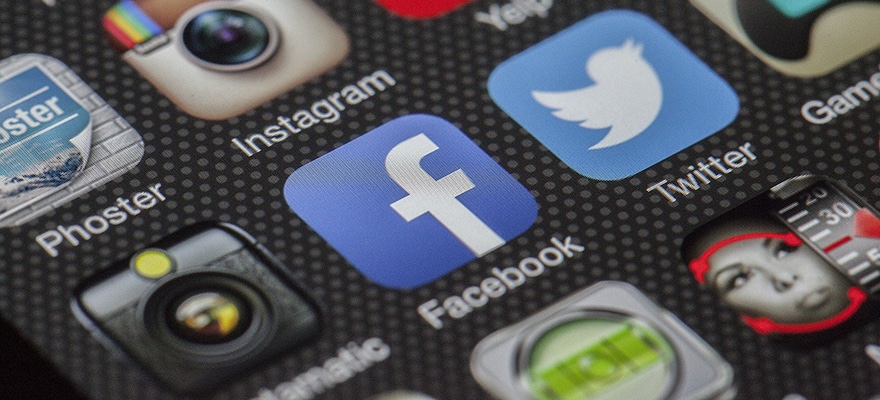At some point you may be asking yourself, is mobile really worth all that. There appears to be a lot of extra work involved and you may already have a thriving PC-based business. Cynics will tell you that mobile usage and user values are really low. Proponents will tell you that everything will be mobile in the future.
We all use mobile
I fall into the latter category. When I speak about mobile I ask the audience a very simple question: who checks Facebook or emails on their mobile while watching TV at home? Invariably the vast majority raise their hands. We are all mobile users and when we examine our behavior we can see the importance of mobile. Users who use only mobile may currently have lower ARPU (Average Revenue Per User), but this is a trend that is changing. Users who use PC and mobile have much higher ARPU than those who use either one exclusively. The key success factor is your conversion and retention strategy.
Focus on conversion and retention strategy
Conversion: First you need to understand how the conversion funnel works with mobile apps. Mobile marketers will tell you that conversion is higher on mobile because the user has been through the process of download and therefore has already shown intent to buy.
This is partially correct – you also need to understand that traffic has been lost between initial interest and download. The net outcome is that there is less traffic, but the users are hotter prospects. You should also understand that cross platform (PC to mobile and vice versa) is a major trend. That means there is a secondary conversion to push users to use both. As mentioned above, cross platform users are not cannibalized traffic, they are usually of higher value.
Give the user a reason to open the app again and again
Retention: The key to successful retention in mobile is giving the user a reason to open the app on an ongoing basis. There are three main tools available for this:
- Reward – usually this incentive is virtual, meaning it has no monetary value but a value in rank or feature usage
- Incentive – where commerce is involved, a monetary incentive, bonus or discount
- News or trigger related – users access the application following a call to action that is particular to their behavior
Lack of direct communication is a drawback
One drawback for mobile is direct communication. There is no live chat on mobile and calling users presents two issues: firstly, while they are on the call their device is busy speaking to you and not in the app (which differs heavily from desktop); second, you are engaging them in their private space and they may be more sensitive.
On the flip side, you have tools available that you do not have online. Firstly, Push Notifications. This allows you to communicate with your user even when the application is closed. One factor you must keep in mind is that users can easily turn off notifications from your app. Keep the information pertinent and the frequency acceptable. The next factor is that Push Notifications are direct calls to action. User sees the message and on click should be taken directly to the correct place within the app.
There's always SMS
The second tool is SMS. OK, I admit that you can send an SMS to anyone. The key here is that even when the user is in the app, or any app, most phones support a non-intrusive alert that shows the message and even reply without leaving the app. If you are smart you can find the circumstance to use this almost as a live chat feature to start a dialogue.
I feel like I could write a book on mobile Marketing and I would still only scratch the surface. The three parts of this blog are superficial, but they should provide some food for thought. I am happy to answer questions and receive comments.






















